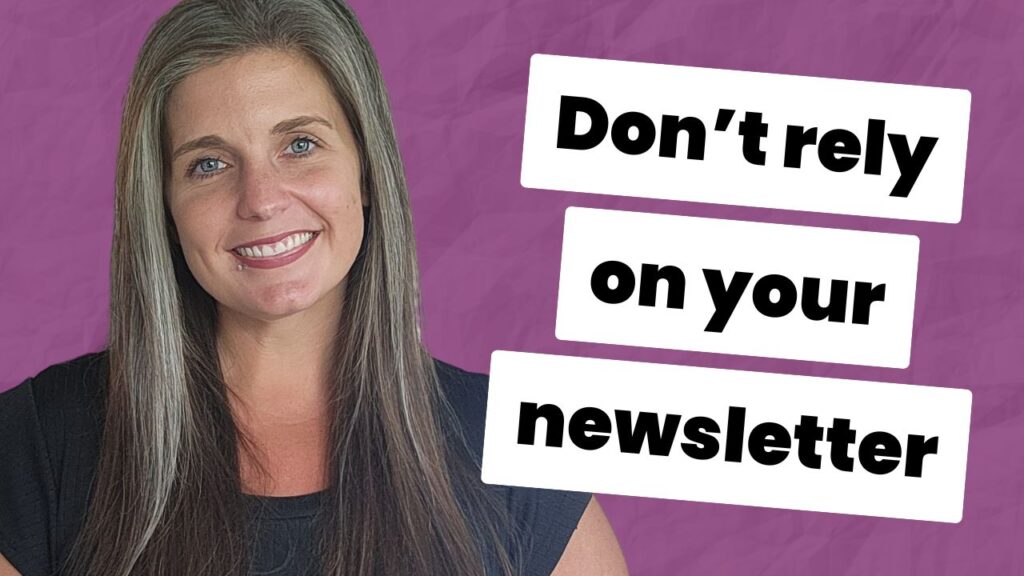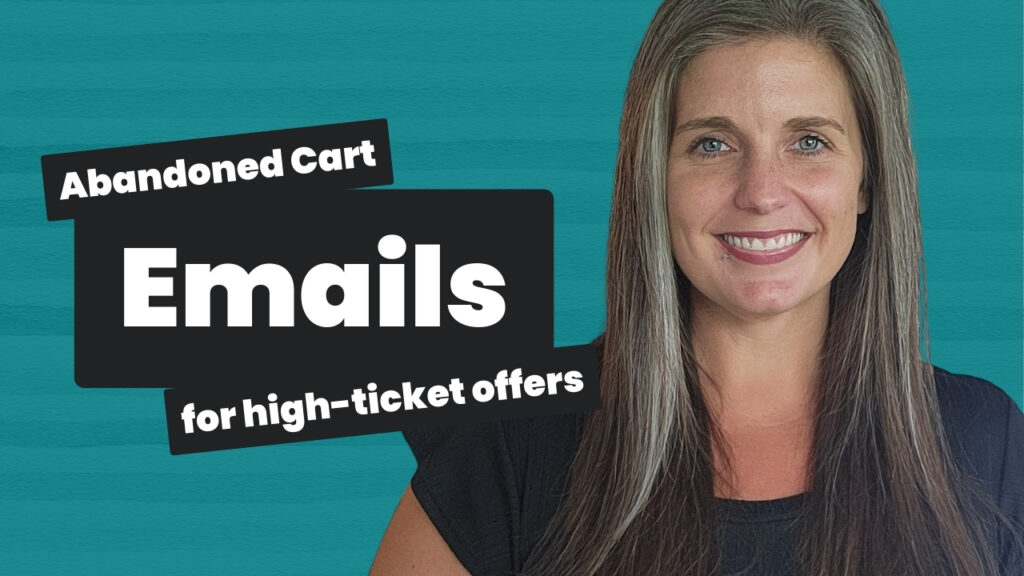Vague subject lines get ignored by the subscribers you’re trying to engage and convert. Use this copywriting principle to strengthen every subject line you write.
So your emails grab enough attention in the inbox to get opened.
Transcript:
Honestly, one of the easiest ways to improve your copywriting is to be a buyer, an ideal buyer, and be self-aware of how you react to other brands’ copy.
What resonates with you? What doesn’t resonate with you? And why?
This will give you insight into how to make your copy stronger.
So let me give you an example of what I mean.
The other day I came across an email with a subject line that read, “Stop putting this off”, with a pretext that read, “This one’s for the freelancers and independent contractors.”
Let’s start with what’s good about this subject line.
By using “this” instead of actually naming the thing they want to tell us about, they create curiosity and open a curiosity loop that should inspire me to want to open the email and find out what this is.
They also use “stop” as a sort of headline formula or subject line formula. That can be a good option depending on what you put after it. So “stop .” And sometimes you even see it as “stop ___, start _.” Right? It’s a switching type of headline.
The problem I have with this email, as the ideal buyer, is that there’s no tie to the conversion context. So I don’t know if it’s something I should open. It’s too vague. It doesn’t give me a reference point for understanding if this email applies to me.
To increase opens for an email like this…
I would try optimizing the subject line by strengthening the tie to the conversion context.
For example, we could say, “Stop making this freelancing mistake ASAP.”
What we did is change to “this.” We named it as something that would be more interesting to a freelancer – a freelancing mistake – which is something people want to avoid. But we still maintained the mystery around what that mistake is.
Once I open the email, I learned that the point the writer was trying to make was that freelancers should stop working on verbal agreements and start using contracts.
With that in mind, we can come up with another optimized subject line like, “Working on your client’s word? Stop and start doing this ASAP.”
One thing I like about the subject line is that it’s very specific to the (problem) context. If you don’t have contracts and you need contracts, then what you’re doing if you’re taking projects is you’re working off verbal agreements. Most likely.
That helps you segment even further inside that freelancer group. Because not all freelancers are doing this, right? Some freelancers are already using contracts. So you want to get to the part of the freelancer group or the segment that is actually making the mistake.
By naming the mistake, i.e. working on verbal agreements or taking your client’s word for it or something related to what the failed solution actually is, you reach a more relevant group of subscribers.
In the second part of that rewrite, we use stop and start: “Stop and start doing this ASAP.”
By using “this,” we can still create that mystery around what the solution is. And ASAP adds a little urgency.
That example is a little bit longer, so it’ll probably show on desktop, but it might not show on mobile. If we’re optimizing for the mobile channel, we want to keep that in mind. And we might have to split that subject line between the core subject line and the pre-text so that everything is seen on that mobile view.
And that’s okay. Because they should work together.
Plus, if we use them strategically, we get all of the information we need to in such a short space to better reach the segment of ideal buyers we’re trying to reach and get them to open our emails.
I have 2 takeaways for you today:
- Be an ideal buyer and a marketer, which means observe how you interact with products and services and the copy that brands use to promote those. Those insights could be invaluable in helping you improve the copy you write and could even spark entirely new ideas that you may not have gotten just from your ideal buyer research.
- No matter what you’re writing, tie everything back to the conversion context. That’s how you help your messages stand out.
And as always, if you’d like help optimizing your copy for higher conversion rates, let’s chat.


